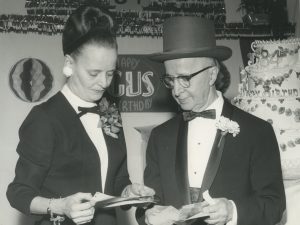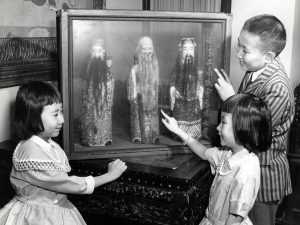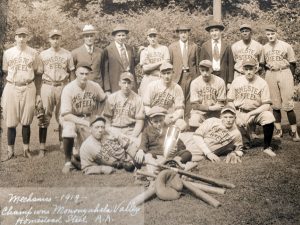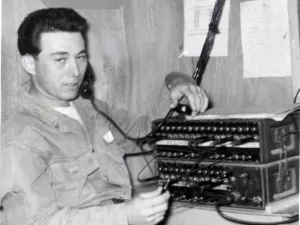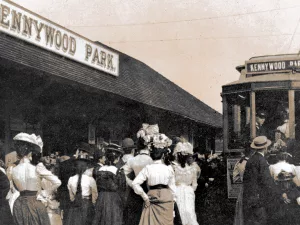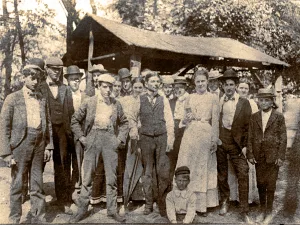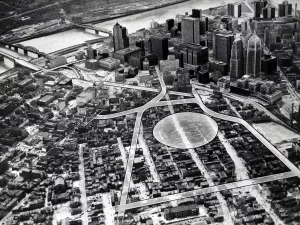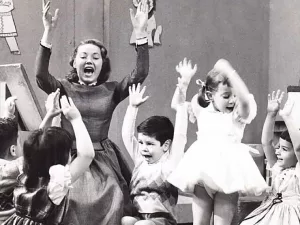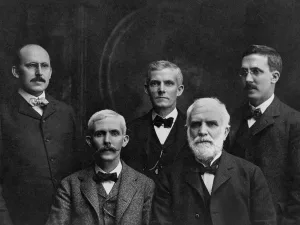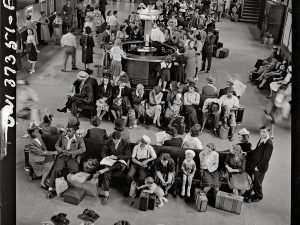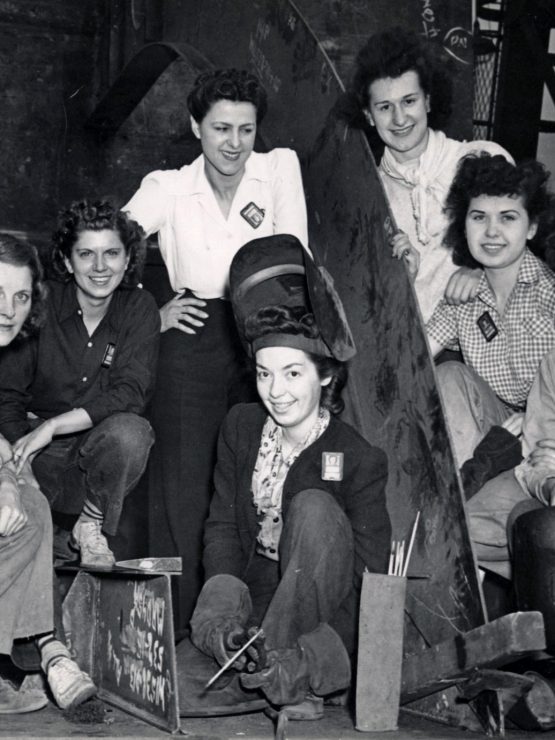
Making History Blog
145 Results found for: Western Pennsylvania History
ResetGus Miller: Oakland's No. 1 Citizen
When Gus Miller turned 75, his daughter and business partner, Myrtle Mae Miller, decided to turn his birthday into a public event. She invited scores of his friends and loyal…
Celebrating the Lunar New Year in Pittsburgh
Lunar New Year, celebrated by people from East and Southeast Asia, marks the beginning of the new year. Based on the traditional Chinese lunisolar calendar, it begins with the first…
Homestead’s Asmongas: Sandlot Baseball Tradition in a Steel Town
Homestead, Pa. has an extraordinarily rich sports history. Traditions of success in early professional football, women’s swimming, basketball, and baseball frequently filled Pittsburgh’s sports pages. Through the 1940s, though, town…
Citizens’ Arrest: The Case of the Vacca Family’s U.S. Citizenship
In the early 1920s, two immigration acts, the Emergency Quota Act in 1921 and the Johnson-Reed Act in 1924 (later known as the Immigration Act of 1924), placed quotas on immigrants entering the United States. Quota numbers were determined by the National Origins Formula, which restricted the number of incoming migrants based on ethnic populations in 1910 and 1890, respectively. This policy was in use from 1921 through 1965, instituted to curtail the high number of unskilled laborers immigrating from Southern and Eastern Europe.
From Kenny’s Grove to Kennywood, Part 2 of 2
Getting streetcar service to Kenny’s Grove was fraught with drama. In 1897, the Braddock & Duquesne Street Railway was chartered (locals called it the Yellow Line for its yellow-painted cars) but like companies before it, Kenny’s neighbors did not want streetcars to cross their properties. However, the Mellons found a loophole: a public road—even one built by a private company—could use eminent domain to take the land it needed, and the road could include streetcar tracks.
From Kenny’s Grove to Kennywood, Part 1 of 2
In the late 1800s, the breezy hilltop southeast of Pittsburgh that is now home to Kennywood Park drew people from across the region for picnics, dancing, and other, less-wholesome entertainment. Kenny’s Grove wasn’t the only picnic ground in the region, and not the only one to grow into a trolley park, but its struggle to evolve and survive is unique for the past 125 years.
Crossroads of the World: How Urban Renewal Changed the Hill
From 1910 to 1970, the Great Migration brought over six million African Americans to northern and western cities including Pittsburgh. New arrivals escaped Jim Crow laws, only to find opportunities still limited based on race in employment, housing, and accommodations. In navigating their new cities, a helpful tool for Black Americans was “The Negro Motorist Green Book,” published from 1936 to 1967 by Victor Green.
Romper Room: A Look at Pittsburgh’s Playful Preschool
Put on your thinking caps, boys and girls: “Romper Room” debuted 65 years ago in Pittsburgh on May 19, 1958.
Glassware on Record: Bryce Brothers and Lenox, Inc., Records
The History Center has been home to Pittsburgh’s legacy in glass for 25 years. The city’s roots as a center for glass manufacturing can be traced to the late 18th…
Esther Bubley Goes Greyhound: Photographing Pittsburgh’s Streamline Station in 1943
In 1943, photographer Esther Bubley snapped some of the only known interior views of Pittsburgh’s Greyhound bus station.
